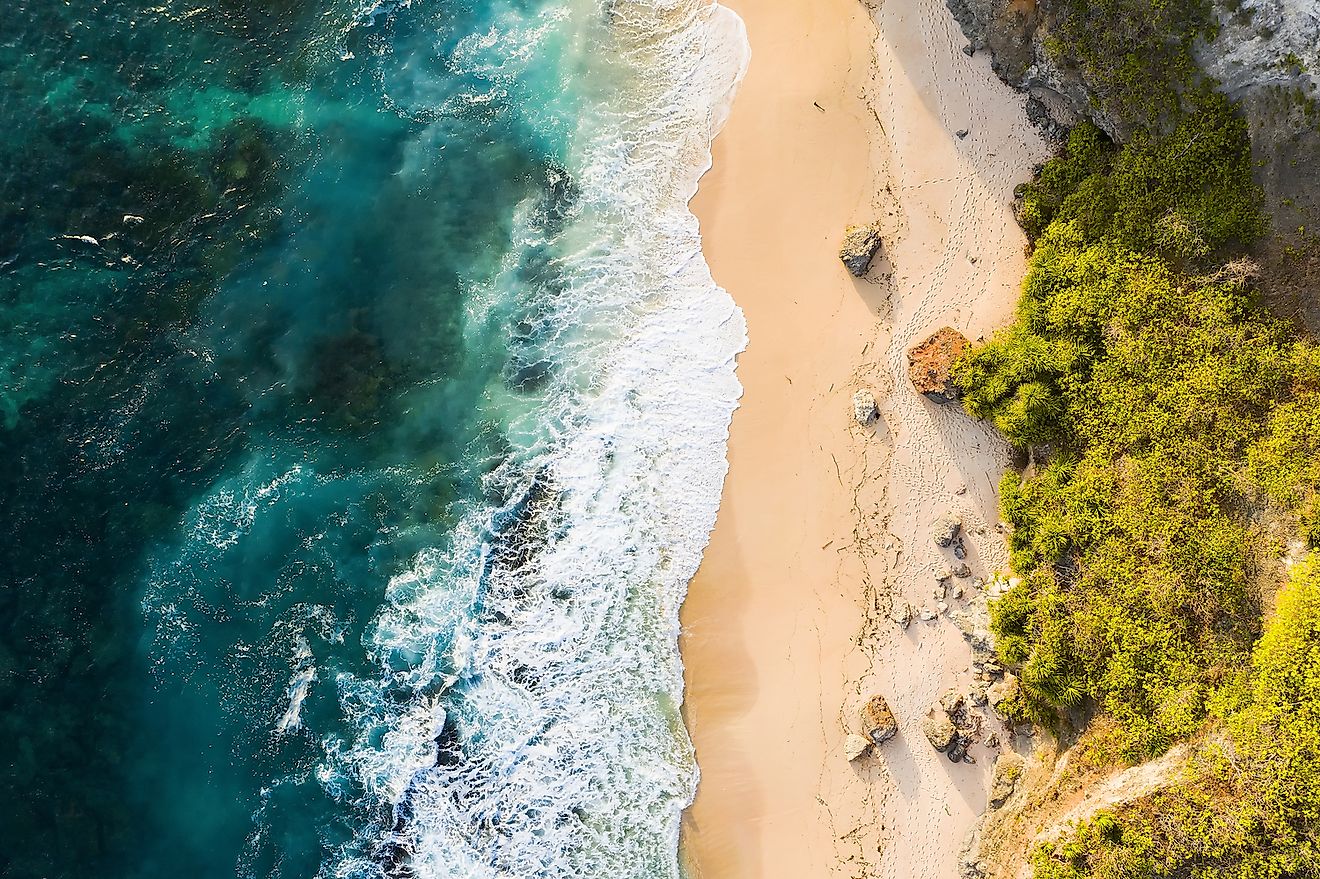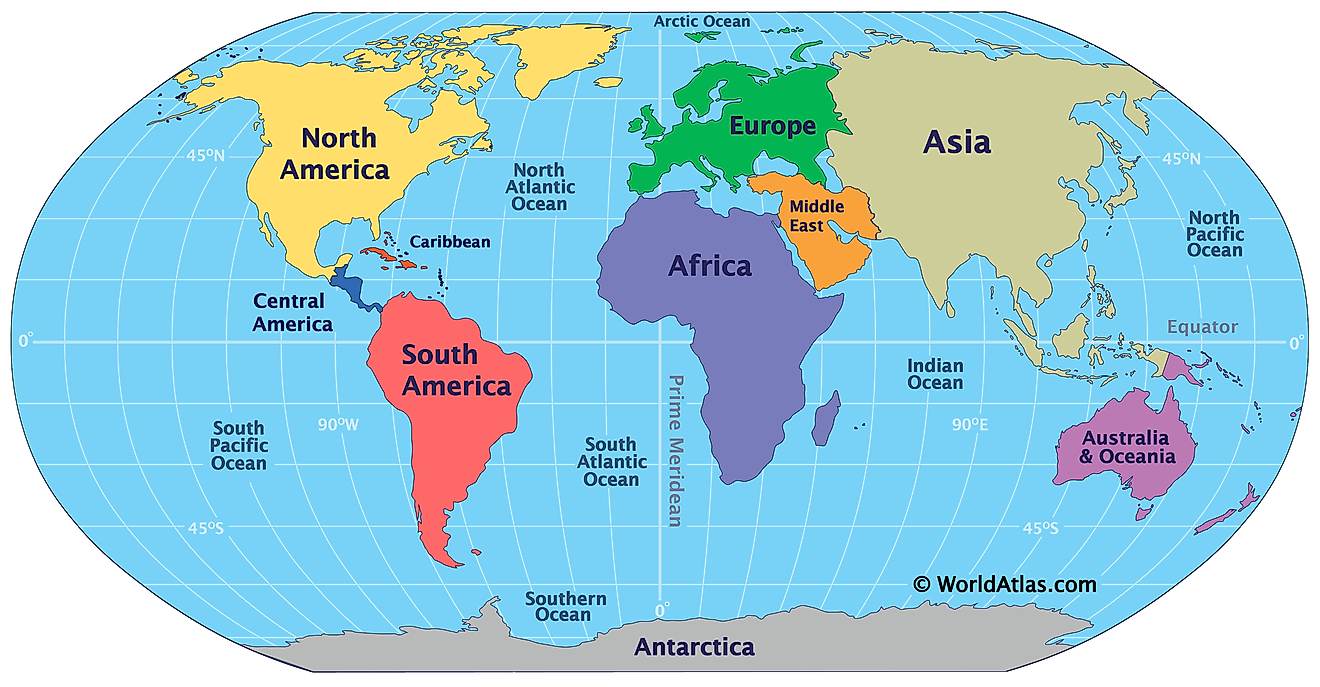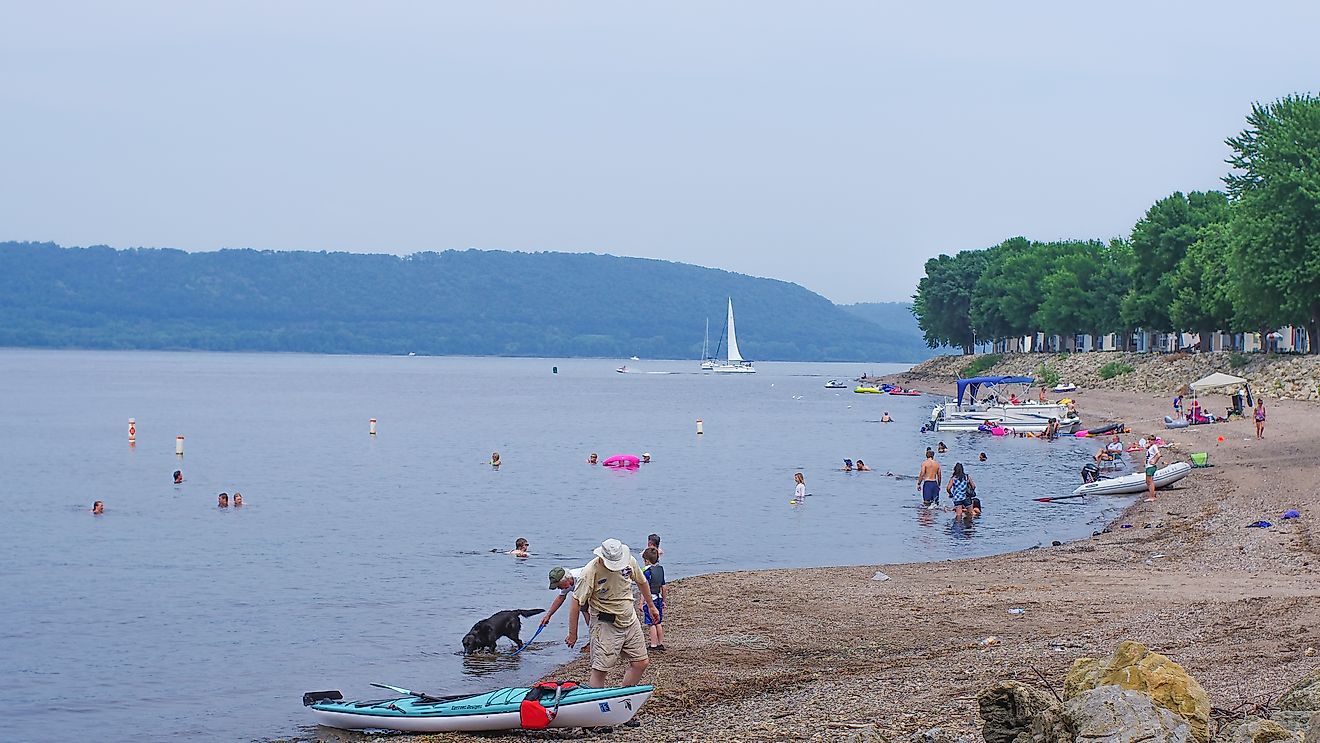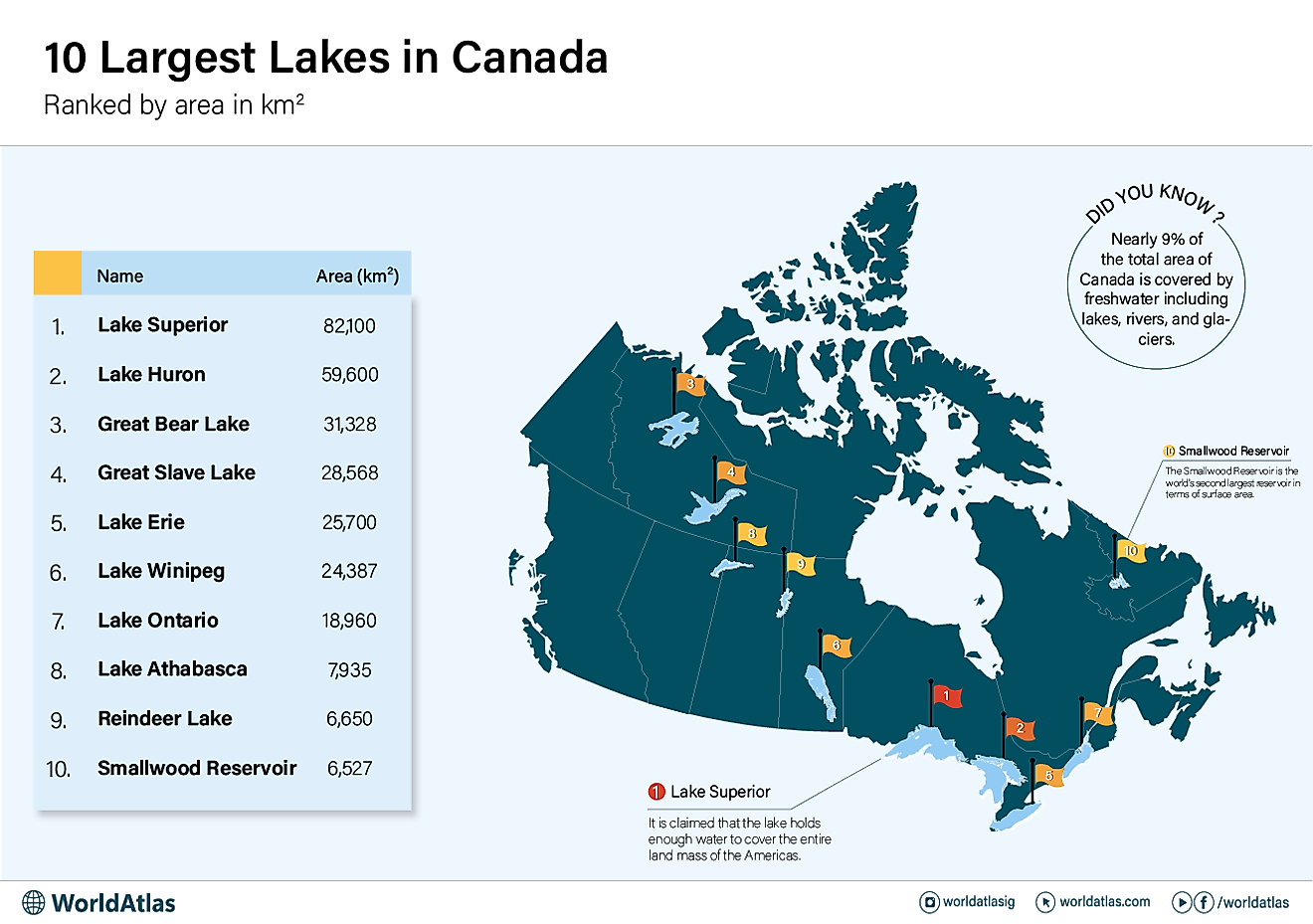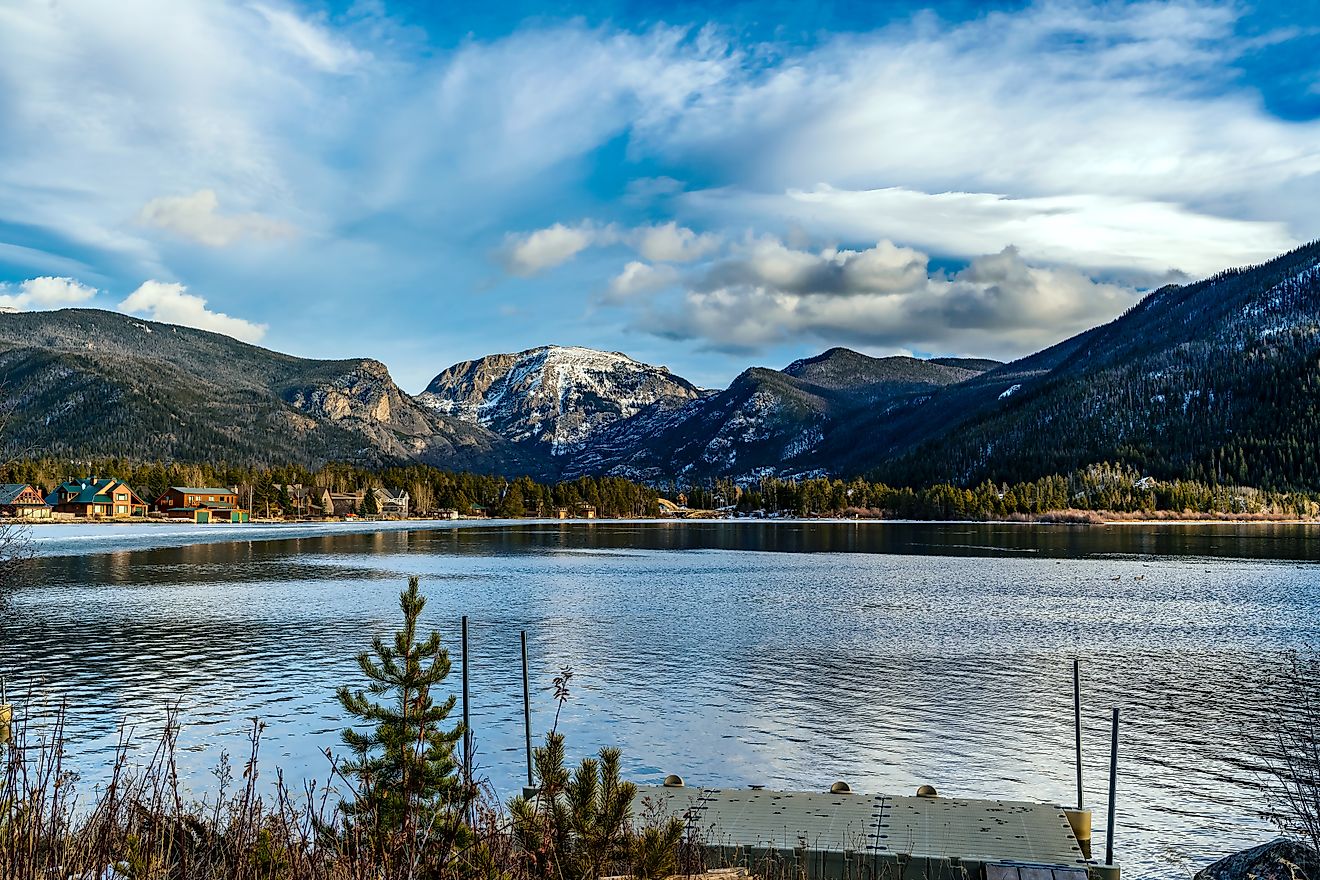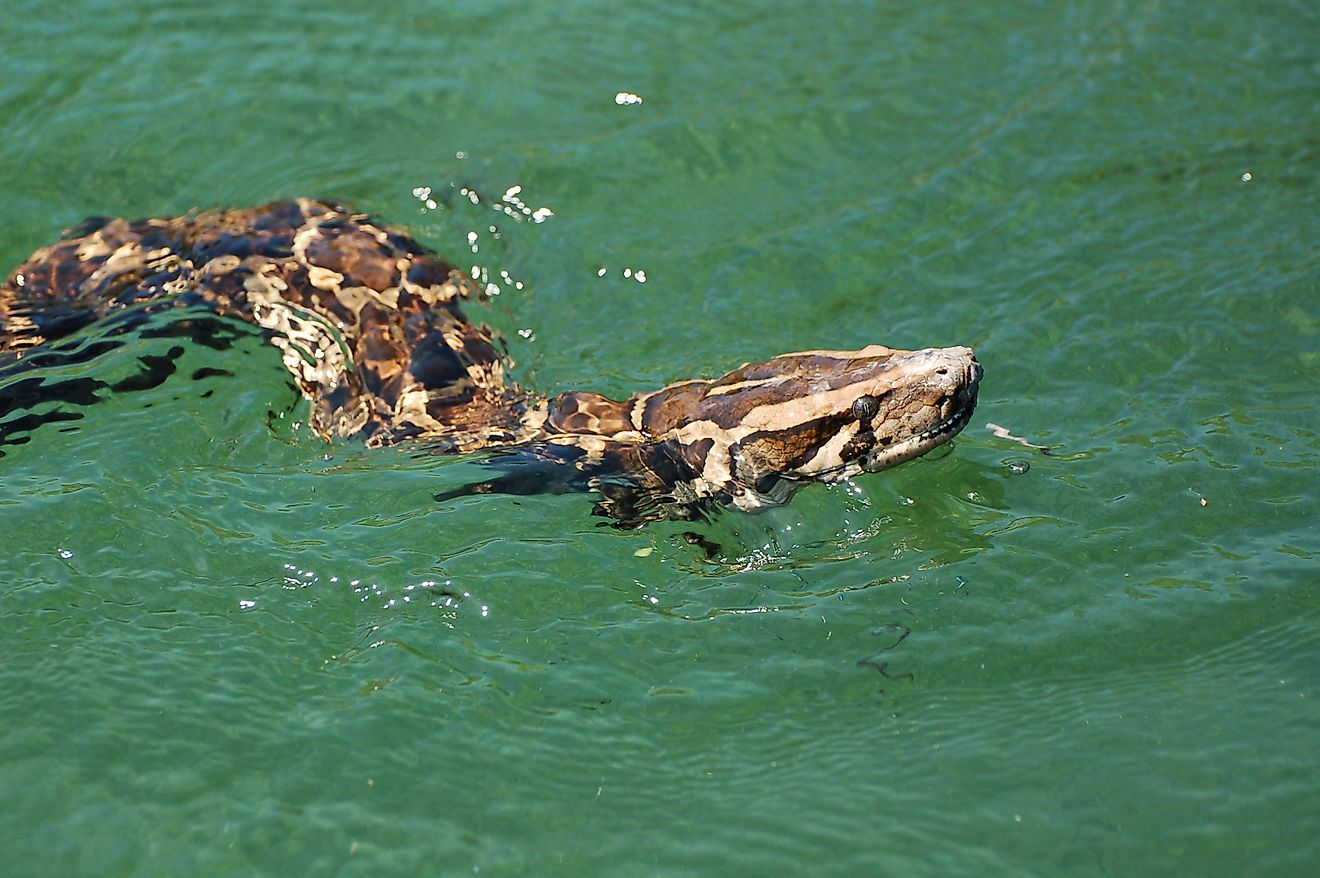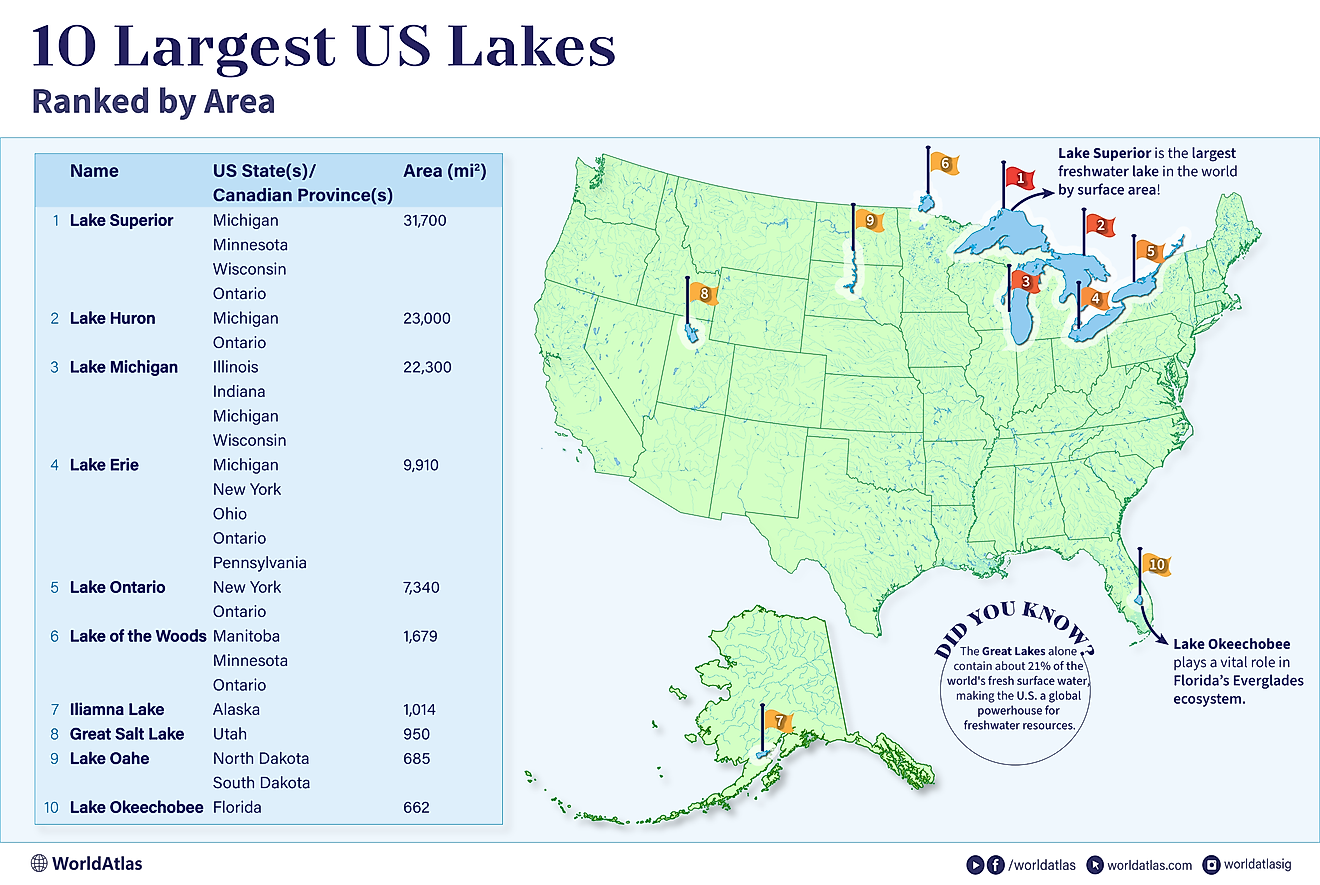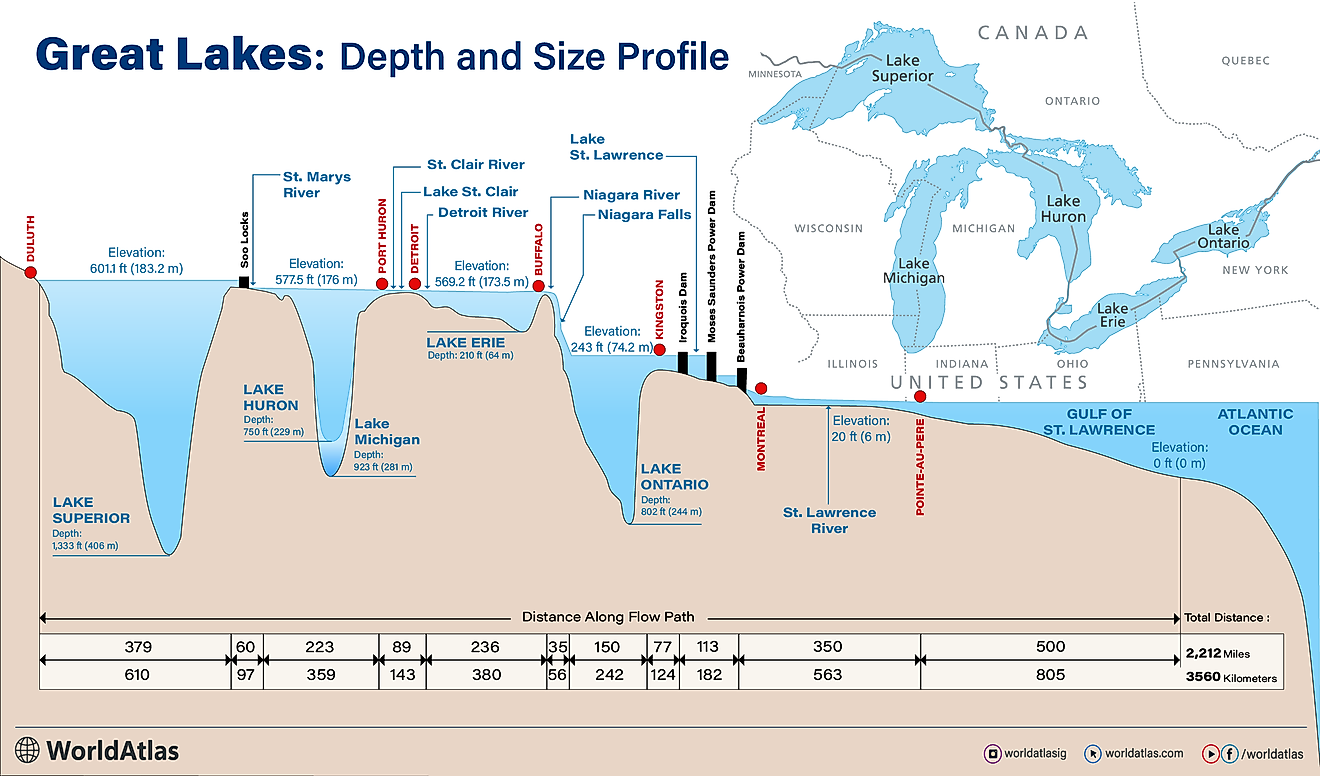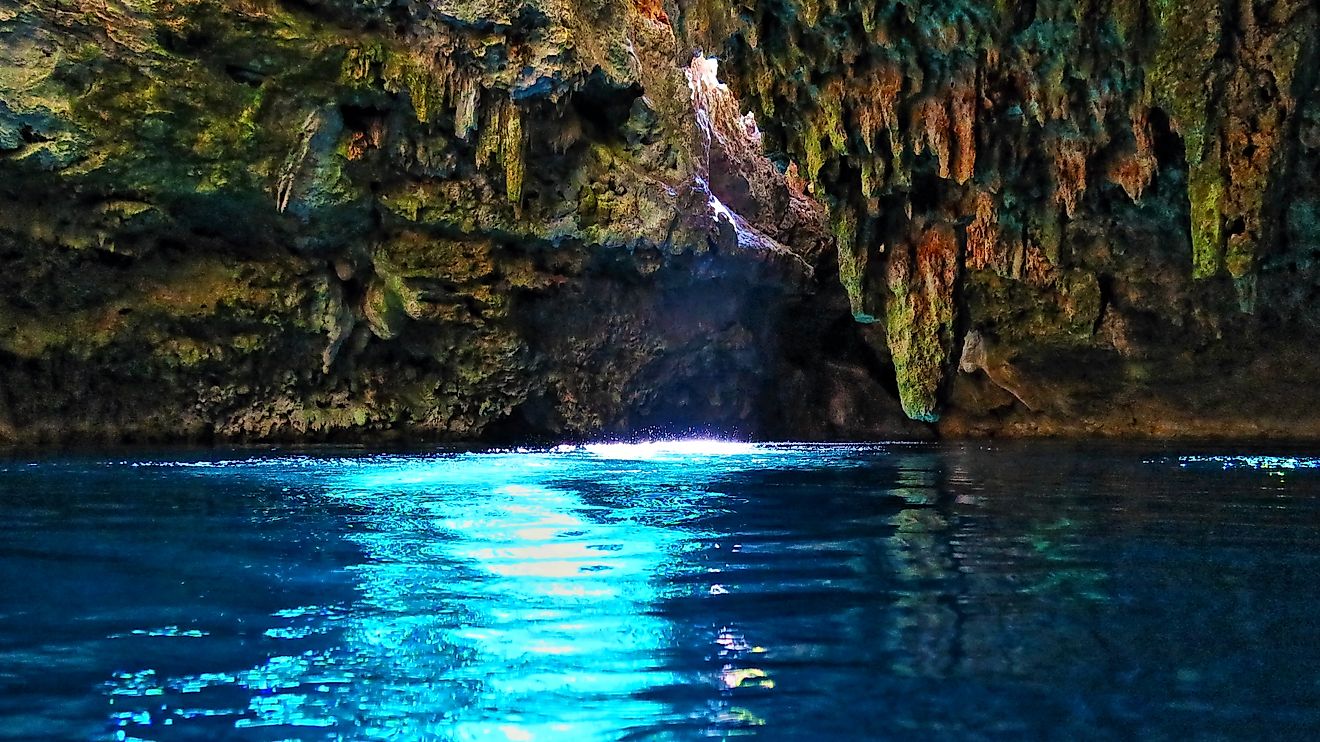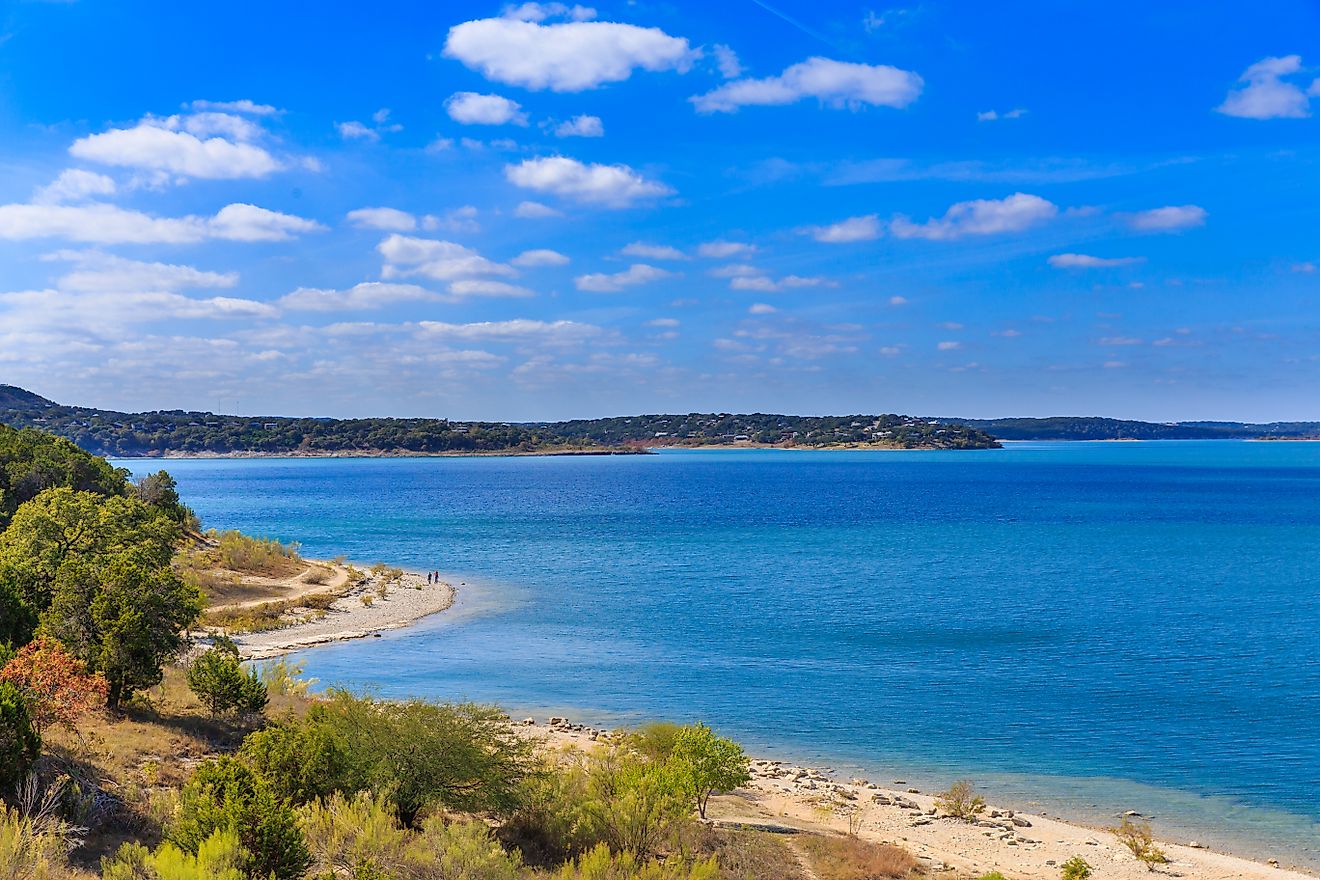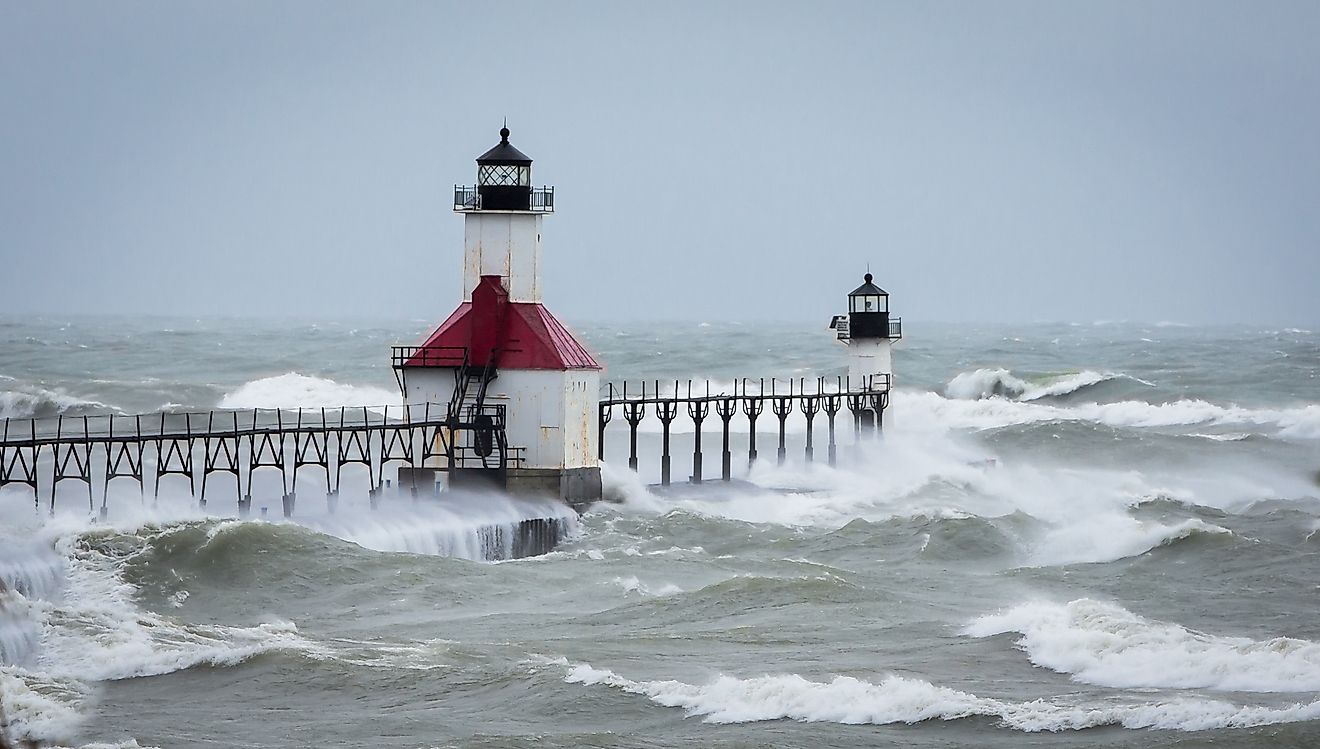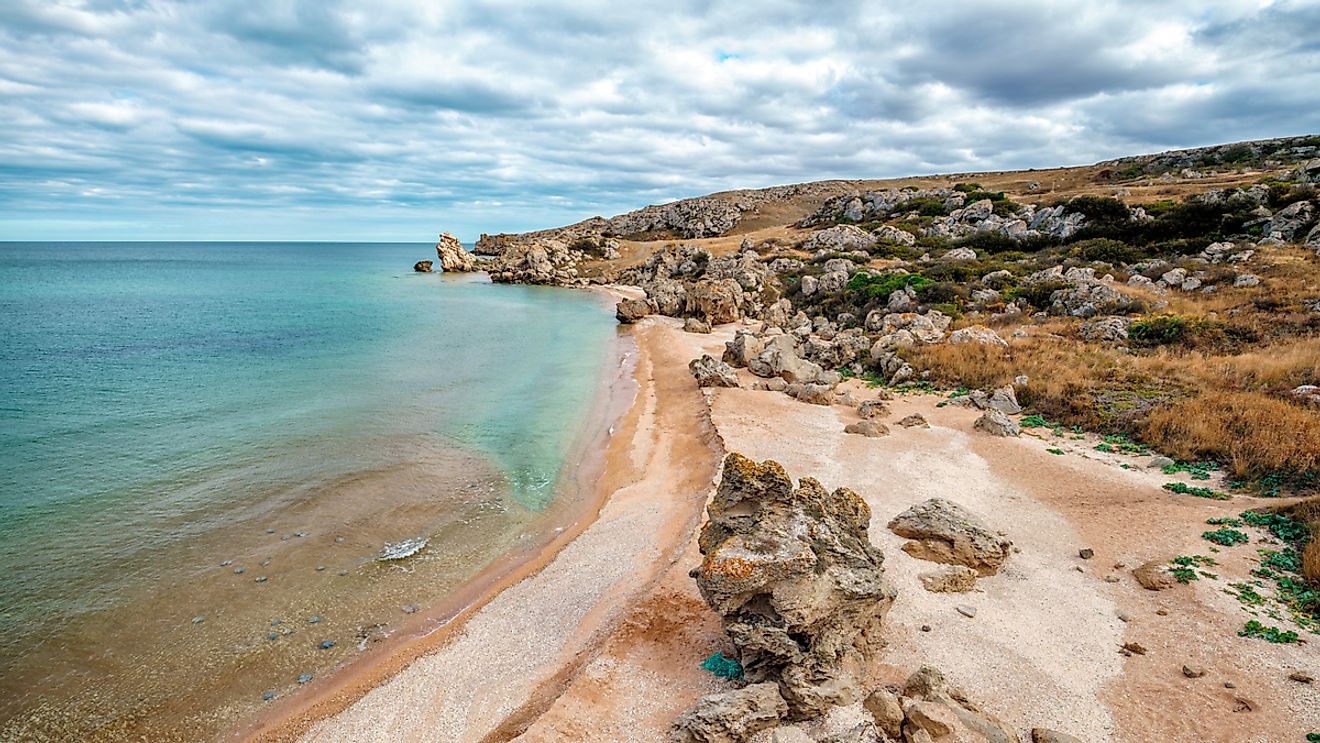
Sea Of Azov
Covering an area of about 39,000 km2, the Sea of Azov is a northern extension of the Black Sea and is located in Eastern Europe. The Sea of Azov is an internal sea of the countries of Ukraine and Russia that is linked with the Atlantic Ocean via the Black Sea, the Sea of Marmara, the Aegean Sea, and the Mediterranean Sea.
The Sea of Azov serves as an important navigational waterway for the transportation of goods as well as passengers. However, the movement of the ships is hampered in some areas due to the shallowness of the sea. Some of the chief ports that are located along the Sea of Azov are Berdyansk, Mariupol, Taganrog, and Yeysk.
Where Is The Sea Of Azov?
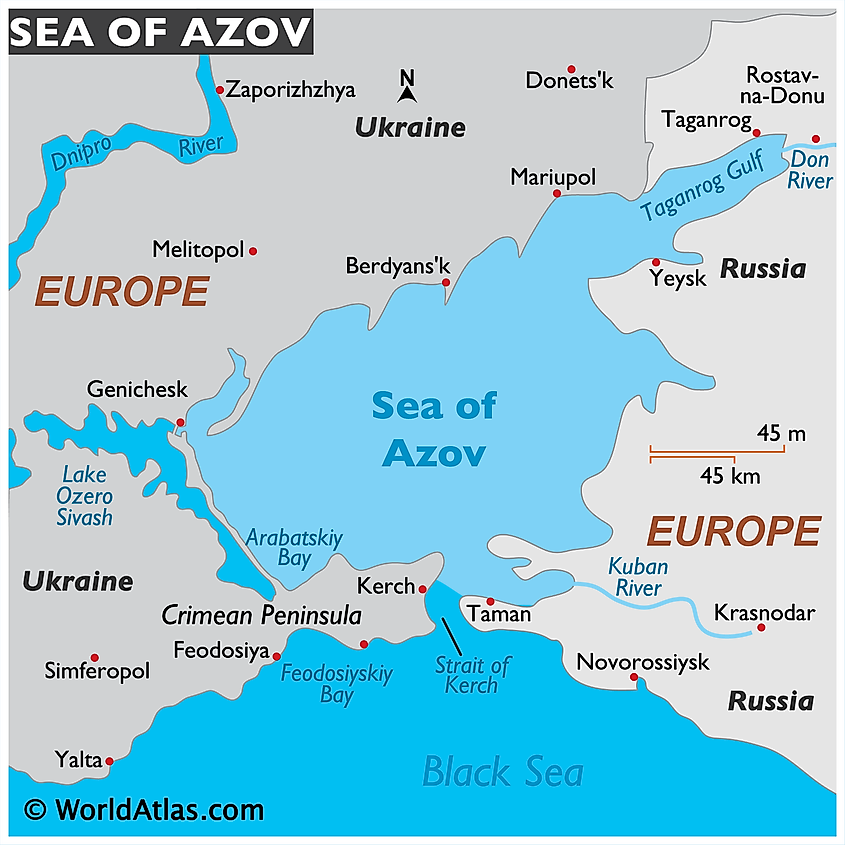
The Sea of Azov is bordered by Ukraine in the northwest and by Russia in the southeast. It is connected to the Black Sea in the south via the Strait of Kerch, which has a width of about 4km at its narrowest point. The Kerch Strait is located between the Crimean Peninsula in the west and the Taman Peninsula in the east.
Geography
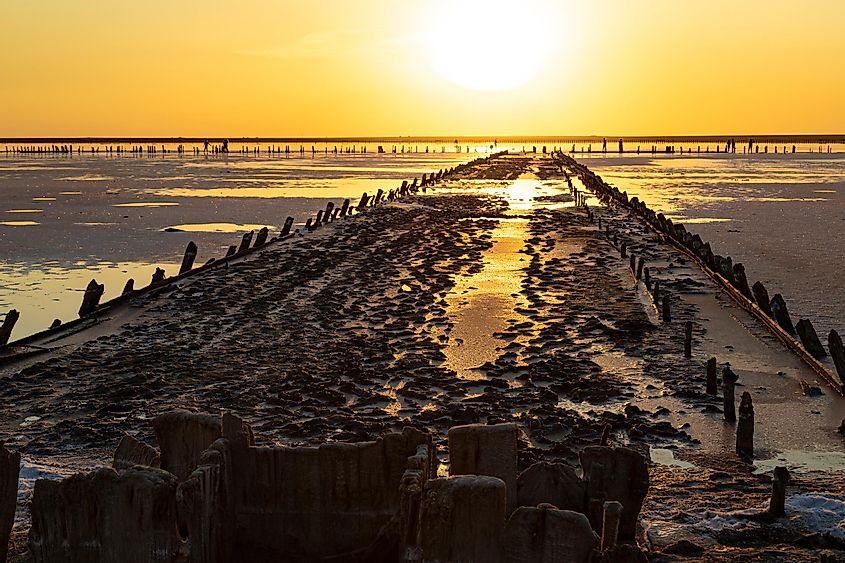
The Sea of Azov measures about 360 km long and has a maximum width of 180 km. The sea is regarded as one of the world’s shallowest seas with a maximum depth of only 14 m and an average depth of about 7 m. The two large rivers that drain into the Sea of Azov are the Don and Kuban rivers. Several smaller rivers also flow into the sea including the Berda, Mius, Yeya, Beysug, Molochna, Kalmius, Atmanai rivers. The deposits and inflow from these rivers are responsible for the low salinity of the Sea of the Azov.
The seafloor is relatively flat due to the deposition of sand, silt, and shells by the rivers. These deposits have in turn led to an increase in the number of bays, lagoons, limans, and sandy spits in the sea. A 113 km-long sandbar known as the Arabat Spit is situated in the western part of the Sea of Azov. The Sivash is a system of shallow water lagoons that covers an area of about 2,560 km in the northeastern part of the Crimea peninsula. The Arabat Spit separates the Sivash from the sea. Many spits, limans, and bays are located in the sea including the Molochnyi Liman, the Yeysk Liman; the Fedotov, Achuevsk, Obytochna, Berdyansk, Dolgaya, and Yeysk Spits; and the Obytichna, Berdyansk, the Belosaraysk, Temryuk, Kazantip, and Taman Bays. Located in the sea’s northeastern part is Taganrog Bay which is the largest bay in the Sea of Azov.
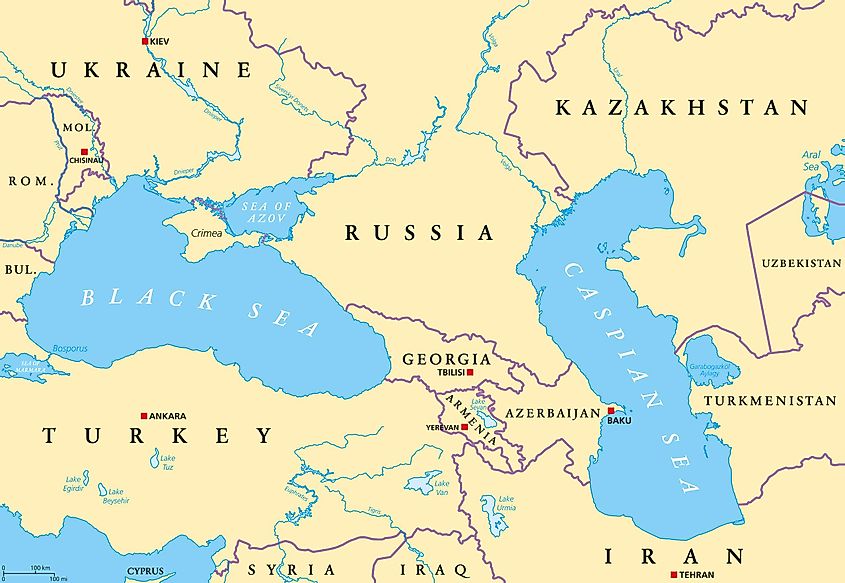
Climate
The Sea of Azov faces a continental climate that is characterized by hot and dry summers and relatively cold and short winters. During the autumn-winter season, the sea’s weather is influenced by the Siberian Anticyclone which brings the strong cold winds from Siberia. The average temperature in January varies between -1 and -5 °C which is brought down to about -30 °C by the cold Siberian winds. The average temperature ranges between 23 to 25 °C in July. The sea’s low salinity and shallowness favor the formation of ice every year during the winter season.
Wildlife
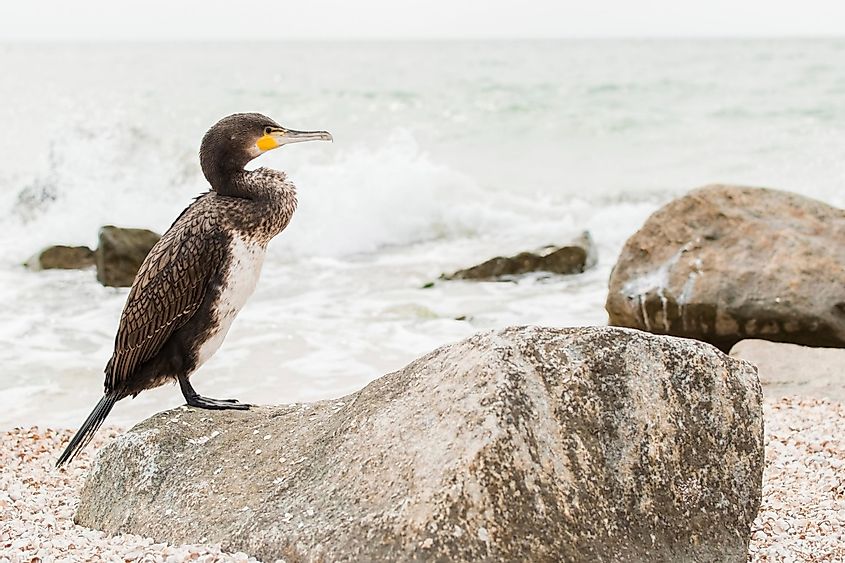
The shallow nature of the sea, the warm summer temperatures, and the influx of large quantities of organic nutrients account for the high biological productivity of the Sea of Azov. More than 300 invertebrates and 80 fish species are found in the waters of the sea. Several fish including the anchovy, bream, gray mullet, herring, minnow, sea-roach, and sardine are found here. Diatoms, blue-green algae, and zooplanktons like rotifers, cladocerans, and copepods are also found here. The sea’s benthic fauna includes different species of crustaceans, mollusks, and worms. The estuaries of the sea provide critical habitats for many important avian species like great cormorants, seagulls, pelicans, swans, wild geese, and herons. Numerous terrestrial mammals like martens, foxes, hares, wild boar, weasels, wild cats, and muskrats are also found. Different floral species like water lilies, reeds, and sedges are found in the marshes and estuaries that are situated along the shores of the Sea of Azov.
